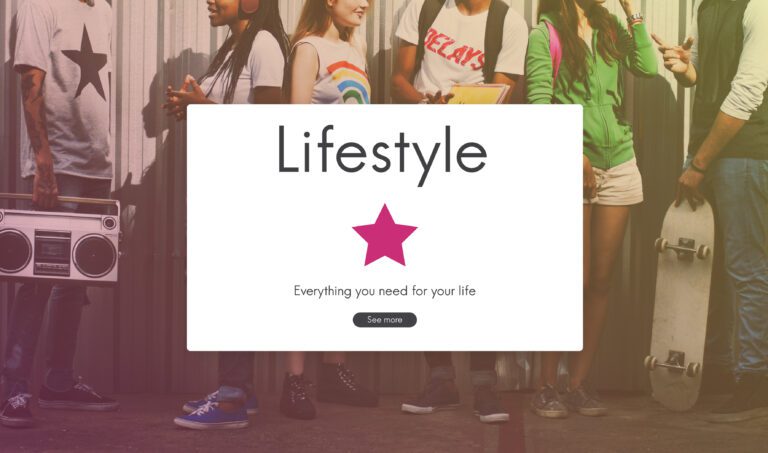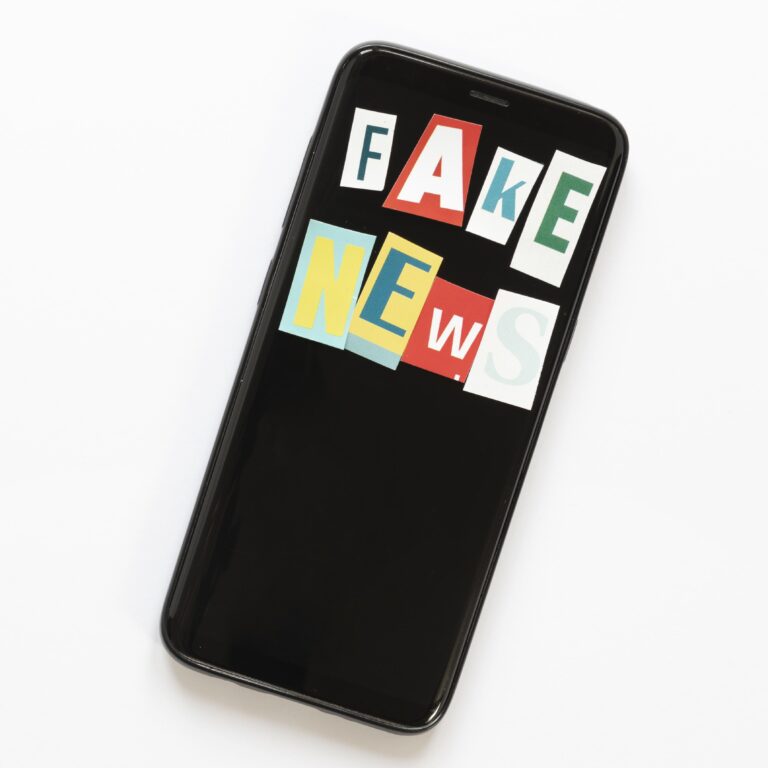A/B Testing for Popups: How to Test, Optimize, and Win More Leads

I hope you enjoy this blog post. If you want Hello Bar to grow your leads, click here.
Author:
Mansi
Published
July 9, 2025

Table of Contents
Alright, let’s have a real talk about A/B Testing for Popups—how to actually run a popups A/B test, what to watch out for, and what actually makes a difference when you’re trying to get more leads out of the same old website traffic. No marketing hype. No empty phrases. Just a raw, practical breakdown that’ll actually help if you’re running a business or running someone’s marketing.
Let’s get into it.
Why Bother with A/B Testing for Popups at All?
If you’ve got popups running, odds are you’re either trying to collect emails, get demo requests, recover carts, or maybe just squeeze a little more action out of your traffic. But here’s the thing—almost nobody gets it right the first time. Sometimes you launch a popup and it falls flat. Other times it works, but you’re never sure if it’s working as well as it could.
A/B Testing for Popups is the one honest way to figure out what’s actually working. You show one version (Version A) to half your visitors, and another version (Version B) to the rest. You see which one gets more signups or more clicks. No guessing. No endless team debates. Just real numbers.
And honestly, you’d be surprised how often the “obvious” idea is the one that loses.
What is A/B Testing for Popups, Really?
You’ll see people call it a popups A/B test or “split testing.” It’s the same thing. All you’re doing is comparing two versions of your popup—could be the headline, button, colors, timing, whatever—and seeing which one works better.
Here’s a quick table. You might test something simple, like the headline or the timing:
| Element | Version A | Version B |
| Headline | “Get 10% Off” | “Join and Save Instantly” |
| Button | “Subscribe” | “Get My Code” |
| Timing | After 8 seconds | On exit intent |
| Conversion | 2.8% | 4.6% |
If Version B pulls more signups, you keep B. Then you test something else. Over time, A/B Testing for Popups is about stacking small wins until your conversion rate is double what it used to be.
What You Should Be Testing in Your Popups A/B Test
Let’s get real. Some things just matter more than others.
- Headlines: This is usually the biggest lever. You can have a great offer, but if the headline doesn’t stop people, you’re dead. Test clear vs. clever. Urgency vs. chill. Short vs. long.
- CTA Button Text: “Submit” is dead. Try “Get My Guide,” “Book My Demo,” “Grab Discount.” You’d be shocked how much difference two words can make.
- Images or No Images: Sometimes a popup image helps, sometimes it just gets ignored. Run a popups A/B test and see.
- Timing: Five seconds after page load? On scroll? Exit intent? Sometimes, moving the trigger can cut your bounce rate in half.
- Form Fields: Just email? Name + email? If you’re getting low conversions, see what happens when you ask for less.
- Placement: Full screen, center modal, bottom bar. Try different spots and see if people notice or just get annoyed.
- Offer: 10% off vs. free shipping. Or just “Get our newsletter.” The offer drives everything, so don’t get precious about what you think your audience wants.
How to Actually Run an A/B Test for Popups (Step by Step)
You don’t need to make it fancy. Here’s how most teams actually do it:
1. Pick One Thing to Change
Don’t test a new headline and a new image and new timing in the same popups A/B test. Change just one thing. Otherwise, when you get a result, you’ll have no idea what caused it.
2. Use Your Popup Tool’s Built-In A/B Testing (Or Get One That Has It)
Most tools that offer A/B Testing for Popups will have some way to split your traffic. If they don’t, honestly, get a better tool.
3. Let the Test Run Long Enough
If you only get 50 visitors a day, you’re going to need to run your test for a week or more—ideally until you have 100+ conversions per version. Not just visits—conversions.
4. Watch the Right Metrics
Don’t get lost in vanity numbers. For A/B Testing for Popups, the only metrics that matter are:
- Conversion Rate: What % of people who saw the popup actually filled it out?
- Click-Through Rate (CTR): Sometimes you’re just trying to get people to another page.
- Bounce Rate: If people are leaving in droves, something’s off.
- Form Completion Rate: Especially if you’ve got more than one field.
5. Call the Winner (Then Test Something New)
Once one version is clearly ahead, stop the test, keep the winner, and set up your next test.
What Not to Do When Running a Popups A/B Test
Let’s keep you from wasting time.
- Don’t test tiny changes nobody notices. “Should the button be #43B3AE or #43B4AF?” Nobody cares. Start with things that affect the message or the offer.
- Don’t end the test too early. If you call it after a day or two, your numbers are probably just noise.
- Don’t change multiple things at once. One change per popups A/B test. Always.
- Don’t ignore the result because it’s not what you hoped. If a “boring” headline wins, run with it.
Why A/B Testing for Popups Actually Works
This isn’t about perfection. It’s about learning. Most marketing teams (and even founders) assume they know what will work. But after you run ten popups A/B tests, you realize your audience has its own ideas. Sometimes the button you thought was “weak” actually performs better. Sometimes adding a cheesy stock image tanks conversions.
A/B Testing for Popups is just a loop:
- You guess.
- You test.
- The audience tells you the truth.
- You learn.
- You test again.
The compounding effect is real. You might get a 15% win with one test, then another 10% the next week, and before you know it, you’ve doubled your leads without buying any extra traffic.
What Makes a Good Popups A/B Test?
It’s not about how many tests you run—it’s about how clear your tests are.
- One clear hypothesis: “If we use an urgency-based headline, more people will sign up.”
- A focused variable: Only the headline changes.
- Enough traffic and time: So you can be sure the results aren’t a fluke.
Example:
Say you’re a SaaS company. You have a popup offering a free eBook. Your original popup says:
“Get Your Free Guide”
You decide to test a new headline:
“Grow Your Revenue with Proven SaaS Tactics—Get the Guide”
After running the popups A/B test for 10 days, the new version gets a 40% higher signup rate. No guesswork. That’s your new control.
How Do You Know When You Have Enough Data?

If you’re asking this, you’re already ahead of most.
Rule of thumb for A/B Testing for Popups:
- At least 100 conversions per variation for a basic test.
- Or, run it for at least 7 days so you catch different days of the week.
- If results are neck and neck, keep going.
Don’t trust the result if the sample size is tiny. Two signups vs. three signups doesn’t mean the second version is 50% better.
Real-Life Example: E-commerce Brand
Let’s get away from theory. Here’s how a real business did it:
A home decor e-commerce brand had a popup to catch emails with this offer:
- Version A: “Sign up for 10% off your first order”
- Version B: “Sign up to get special deals & news”
They split their visitors evenly. After a week, Version A got a 6.2% signup rate. Version B got 2.9%. Nearly double the leads—just by making the offer more specific.
They didn’t stop there. Next, they tested button copy:
- “Submit” vs. “Get My 10% Off”
Again, the “Get My 10% Off” button beat the generic version by a mile.
That’s how you do A/B Testing for Popups. You keep stacking small wins.
Pro Tips for Getting Better Results
- Don’t get attached to your ideas. Let the numbers decide.
- Test on desktop and mobile separately. What works on one can flop on the other.
- Don’t test during major holidays or sales unless that’s your goal. Results will be skewed.
- Rerun your best tests every few months. People change, traffic changes.
- Always have a popups A/B test running. Your first win is rarely your last.
What Tools Should You Use for A/B Testing for Popups?
Most serious popup platforms include A/B testing. If yours doesn’t, you need to switch. Look for tools that let you:
- Duplicate popups
- Split traffic evenly
- Track conversions per variation
- See real stats (not just pretty charts)
If you’re in a pinch, you can do this with Google Optimize, but it’s clunky. Stick with a tool made for popups A/B test, especially if you want clean numbers and quick setup.
Also read our guide on Website Conversion Optimization: How to Get Results With A/B Testing (& Actual Examples To Get You Started)
Common Questions (That Actually Matter)
- Can I test more than one thing at a time?
No. Seriously. You can try, but you won’t know what made the difference.
- What if my popups A/B test is a tie?
Move on to a bigger change. If two versions perform the same, neither is a clear winner.
- How do I know if my result is real?
Use a statistical significance calculator. But if you’re not into stats, just follow the 100-conversions-per-version rule and run it for a week.
- What if my conversions drop after a change?
Revert to your last winner and test something else. Not every test is a win.
Continuous Testing is Where the Real Gains Happen
Most businesses treat A/B Testing for Popups as a one-off. They run a popups A/B test, see a small bump, and move on. The smart ones treat it as an ongoing process.
Why? Because user behavior shifts. What worked in January might flop in July. You might get more mobile visitors. A new offer from a competitor might change expectations.
The only way to stay ahead is to keep testing.
Quick Recap Checklist (If You Want to Get Started Right Now)
- Pick one element to change (headline, button, timing).
- Set up your popups A/B test in your popup tool.
- Split your traffic evenly.
- Run it for at least a week, or until you get 100+ conversions per version.
- Check the real metrics.
- Pick the winner and start a new test.
- Repeat.
Final Thought
If you’re not running A/B Testing for Popups, you’re leaving leads on the table. Testing is the only honest shortcut to better results—just start, learn, and keep it moving.






